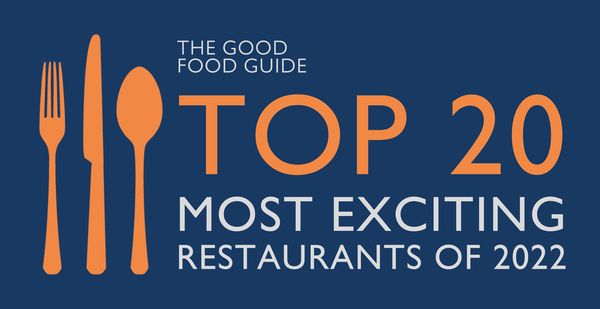GFG archive Published 01 August 2025
Le Manoir aux Quat’Saisons
When Raymond Blanc’s Les Quat’Saisons first appeared in the Guide in 1978, it declared ‘there is little better cooking for many miles’. By 1983 the Guide reported ‘this beautiful restaurant has outgrown its shop’ in a precinct on the Banbury Road and deserves 'a mansion with with two-hundred-year-old trees outside'.





